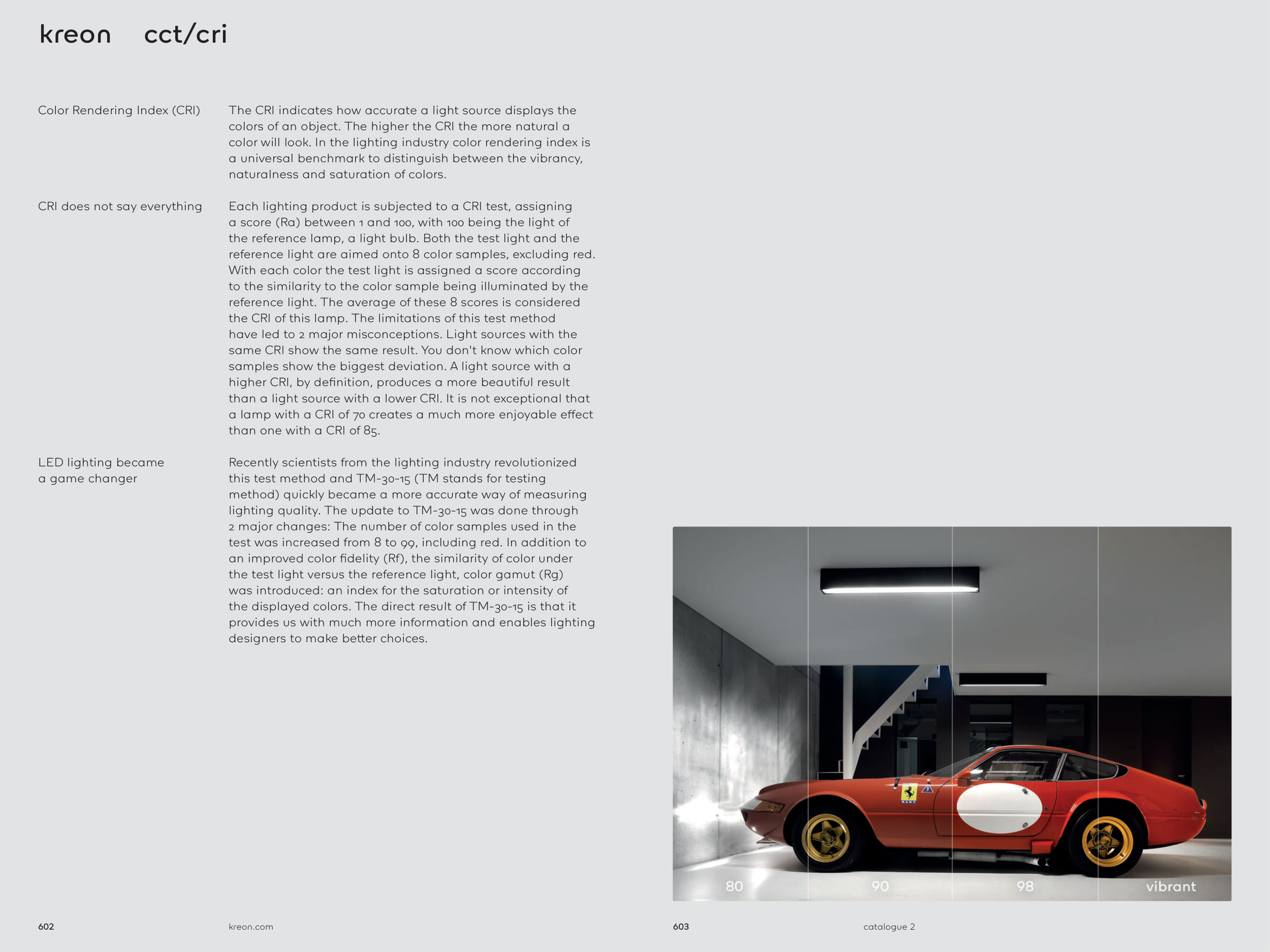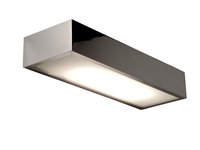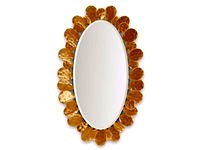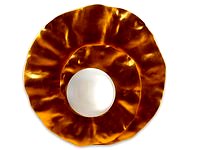603
602
kreon.com
602
kreon.com
603
k
cct/cri
catalogue 2
The CRI indicates how accurate a light source displays the
colors of an object. The higher the CRI the more natural a
color will look. In the lighting industry color rendering index is
a universal benchmark to distinguish between the vibrancy,
naturalness and saturation of colors.
Each lighting product is subjected to a CRI test, assigning
a score (Ra) between 1 and 100, with 100 being the light of
the reference lamp, a light bulb. Both the test light and the
reference light are aimed onto 8 color samples, excluding red.
With each color the test light is assigned a score according
to the similarity to the color sample being illuminated by the
reference light. The average of these 8 scores is considered
the CRI of this lamp. The limitations of this test method
have led to 2 major misconceptions. Light sources with the
same CRI show the same result. You don't know which color
samples show the biggest deviation. A light source with a
higher CRI, by def nition, produces a more beautiful result
than a light source with a lower CRI. It is not exceptional that
a lamp with a CRI of 70 creates a much more enjoyable ef ect
than one with a CRI of 85.
Recently scientists from the lighting industry revolutionized
this test method and TM-30-15 (TM stands for testing
method) quickly became a more accurate way of measuring
lighting quality. The update to TM-30-15 was done through
2 major changes: The number of color samples used in the
test was increased from 8 to 99, including red. In addition to
an improved color f delity (Rf), the similarity of color under
the test light versus the reference light, color gamut (Rg)
was introduced: an index for the saturation or intensity of
the displayed colors. The direct result of TM-30-15 is that it
provides us with much more information and enables lighting
designers to make bet er choices.
Color Rendering Index (CRI)
CRI does not say everything
LED lighting became
a game changer







